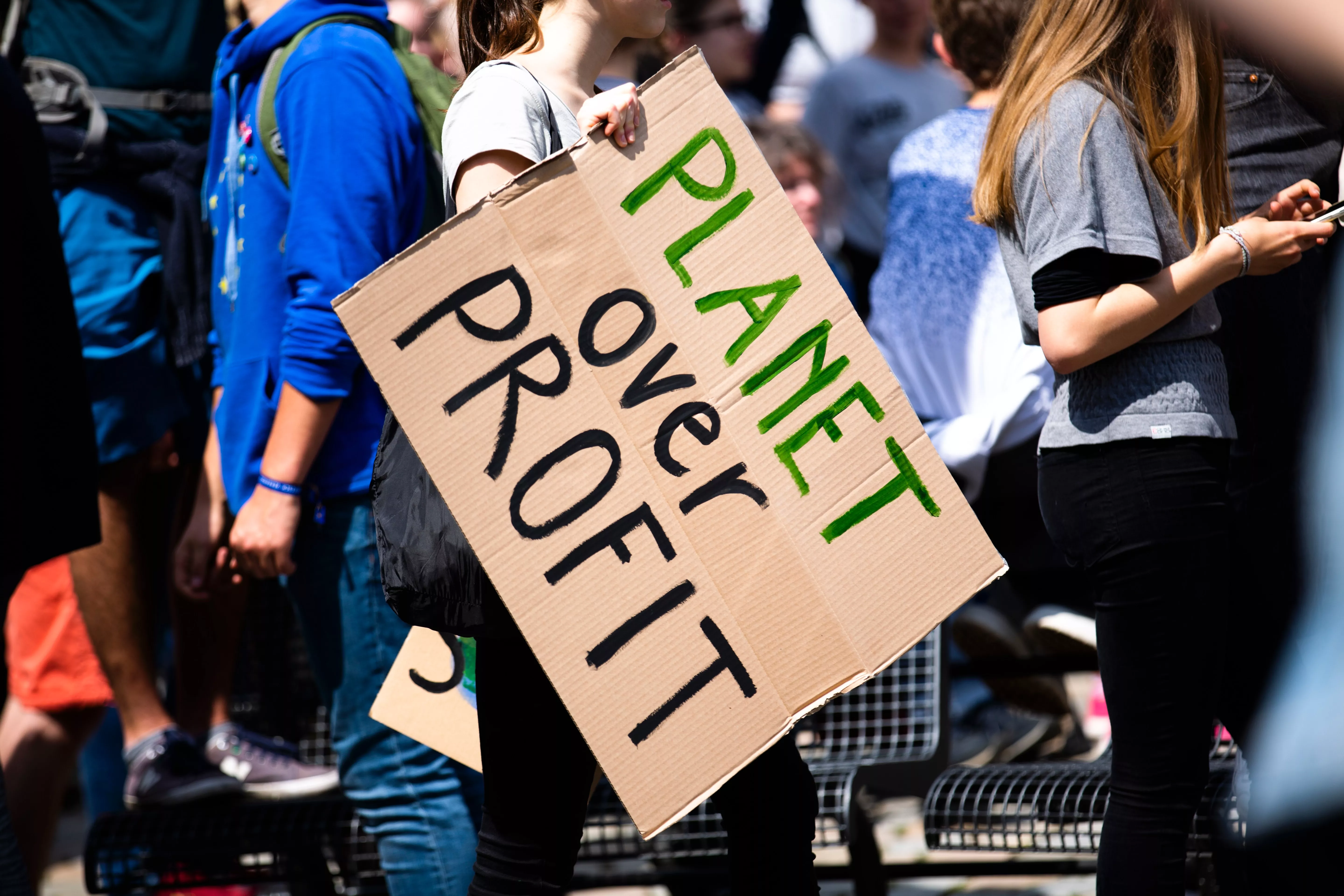Beyond 2023: Five Green Trends For The Next Five Years
Dr Matt Bell, EY Global Climate Change & Sustainability Services Leader, looks at emerging sustainability trends and how companies can shape up.
The theme for 2023 has already been set. If 2022 was the year of corporate commitments to sustainability, this is the year when promises become proposals, mission statements become metrics, and aims become actions. So far, so good. But what are the key drivers, blockers and potential unintended consequences ahead?
1. Regulation without wriggle room
No prizes for guessing the first factor, oncoming regulation. But it’s not just the quantity; it’s the quality. Regulators have both broadened their scope and sharpened details, filling the cracks that allowed some companies to take advantage of ambiguity.
An example is the EU’s landmark Corporate Sustainability Reporting Directive (CSRD), which requires nearly 50,000 European companies to report on a wide range of sustainability-related matters. The game-changer here is companies will have to report on sustainability in a similarly controlled way as they do their financials. Meanwhile, in the US, and despite delays, the Securities and Exchange Commission (SEC) is proposing rule changes on climate-related disclosures. As one of the world’s biggest economies and second-largest carbon emitter, this is significant and is further evidence that Washington is playing catch up on regulation.

2. Pushback will persist
In the last weeks, 18 States in the US have formed an alliance to push back on Joe Biden’s plans on the “Environmental, Social, and Governance (ESG) Agenda.” Those SEC proposals set out have also had a record number of responses, with a number not being supportive. There’s an element of “culture conflict” at play here, which sometimes places green thinking in opposition to traditional values. That may seem like merely the last thrash of the dinosaur’s tail, but it has serious implications. These can include investments made that are blind to environmental or social risks that could impact the share price mor a backlash against carbon markets. It’s also interesting to note how every development, from the pandemic to Ukraine War, can be used against green targets.
So, don’t underestimate the power of pushbacks and prepare accordingly. They may come from surprising places. For example, we’re seeing some ESG-focused investors blink under pressure if their investee companies’ short-term results don’t match expectations, no matter how strong their long-term green strategy is. To stay strong, companies should focus on the solid support for sustainability across key stakeholders:
- 99% of investors utilize companies’ ESG disclosures as a part of their investment decision-making process.
- 57% of consumers are willing to change their purchasing habits to reduce negative environmental impact.
- 70% of UK employees expect their employer to take action on societal issues.
- Companies with US$4 trillion of purchasing power are requesting ESG information from suppliers worldwide.
3. The CFO as sustainability hero
With sustainability information now requiring disclosure levels similar to financial results, CFOs are required to have total confidence in its reporting, which means getting a lot more hands-on. And with the CFO on board, sustainability information can, at last, take its place alongside financial data at the heart of a company’s decision-making process.
The benefits will be far-reaching. With proper metrics and management buy-in, businesses can look beyond compliance to understand the role of sustainability in driving business performance and creating long-term value. The connection between sustainability and strategy is likely to become clear, and given the increasing appetite of investors and customers for green businesses and products, stronger ESG metrics can also become a powerful competitive advantage.
4. Only as green as your weakest link
Having looked within to get their data and strategy on a solid footing, companies will increasingly need to look beyond their own walls. One push is regulatory, with the EU’s proposed Corporate Sustainability Due Diligence Directive (CSDDD) requiring companies to focus more carefully on their supply chains, looking at everything from human rights to environmental standards. There are also pressures from employees, customers and investors for companies to be more aware of how products are made and how they are used. Taking a whole value chain approach will reveal yet more about the true sustainability of each organization, so companies should prepare properly for this new level of transparency.
5. Beyond carbon – biodiversity beckons
The discussion around climate change has rightfully ramped up over the last few years– from the public beginning to see its impact, to a raft of new regulations aimed at helping to address it. The next five years will also be about biodiversity. That means going far beyond conservation to ask fundamental questions about what value you extract from the natural world and how you are mitigating your impacts on it. This will extend far beyond high-impact areas like timber and mining. According to the World Economic Forum (WEF), more than half of the global gross domestic product depends on nature.
How to look good under bright light
In summary, there will be few hiding places over the next five years. Even those reluctant to embrace sustainability will have little choice. Greenwashing, greenwishing and greenhushing are set to be replaced by transparency, accountability and visibility. A trip to the green gym may be required to make sure you’re ready for action.
More By This Author:
Holcim To Invest Over $2 Billion In Carbon Capture Tech To Decarbonize Cement Production
Texas Anti-ESG Investing Bill Faces Pushback Over $6 Billion Cost To Pensions
Biden Announces $250 Million Funding To Decarbonize Federal Buildings
Disclaimer: The views reflected in this article are the views of the author and do not necessarily reflect the views of the global EY organization or its member firms.



